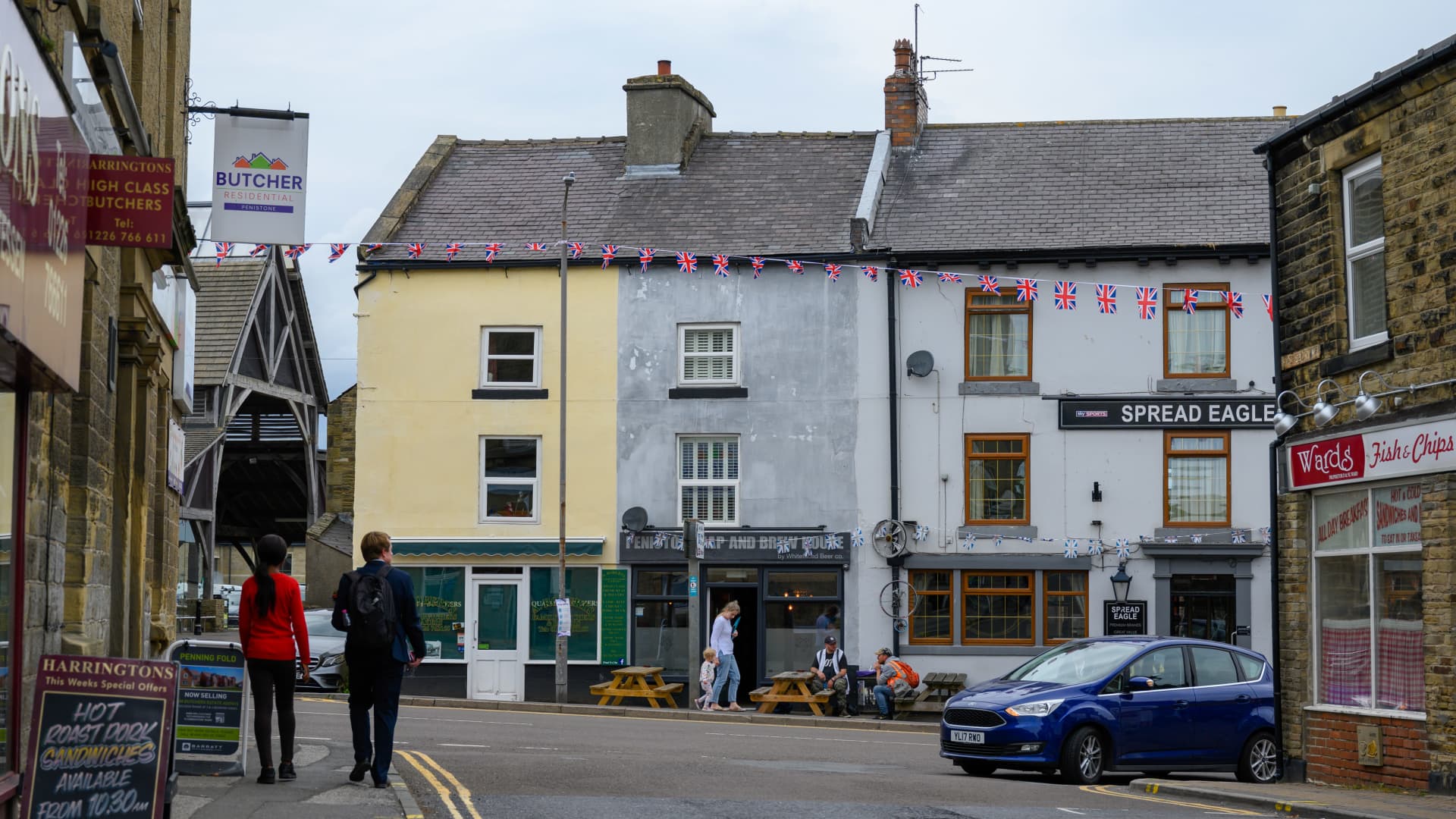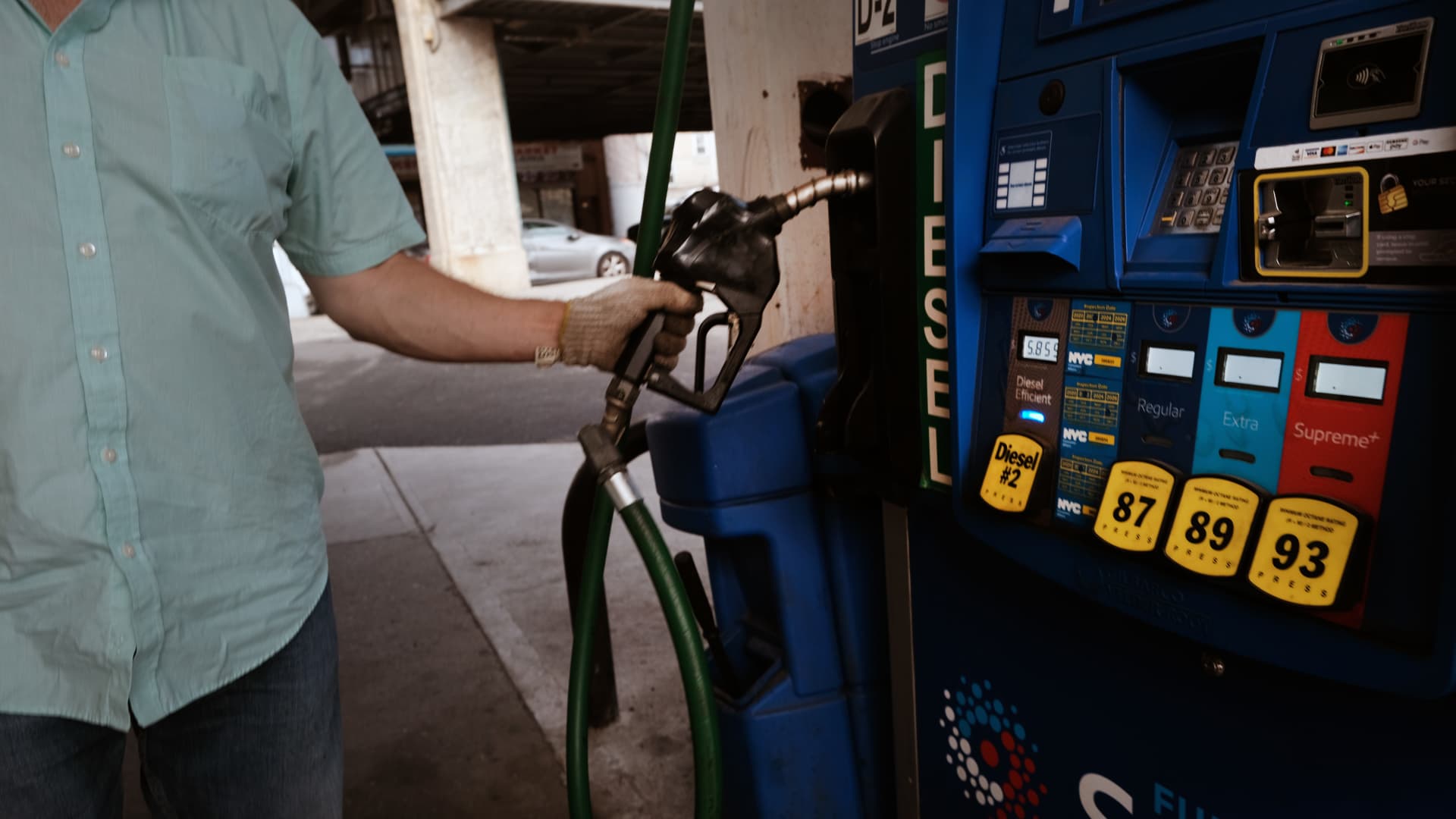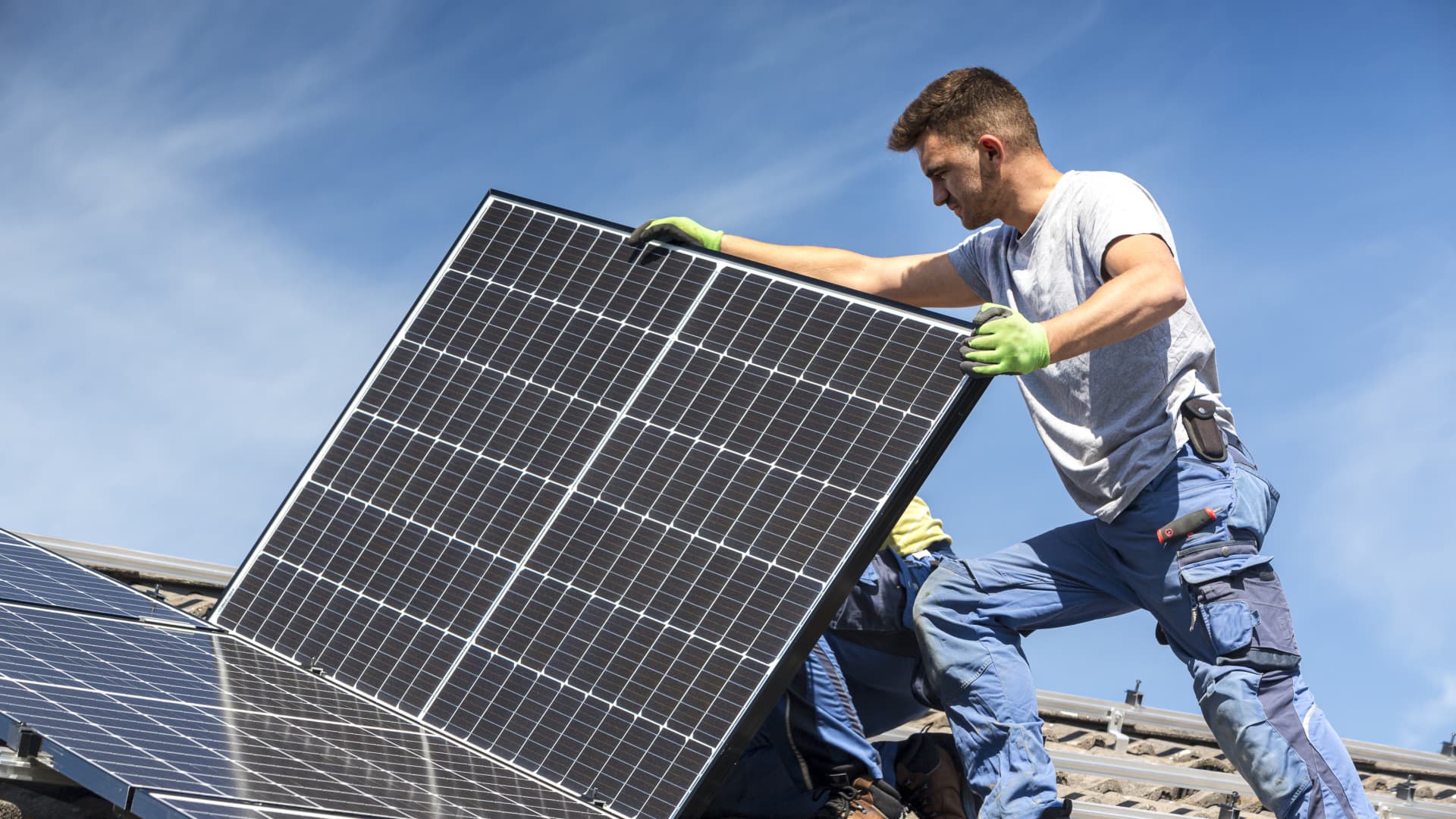Energy
Monday, June 27th, 2022 8:17 am EDT
If all goes according to plan, commuters in Stockholm will climb aboard the world’s fastest electric ship, the Candela P-12 Shuttle, when it goes into service from the suburb of Ekerö to the city center next year. Candela is better known as a purveyor of sporty-looking electric boats for leisure use, so what’s behind the sudden interest in the commute by electric ferry?
The Electric Ferry Of The Future Is Coming
Candela has clearly put its leisure-boating know-how to work in the P-12 Shuttle. The new electric ferry is a potential game-changer for the urban waterborne commute, which in Stockholm is currently charged to a fleet of more than 70 diesel vessels.
Battery power is just part of the picture. The P-12 is a hydrofoil, meaning that it lifts completely out of the water when in motion, with an assist from three carbon fiber wings. That guarantees a smoother ride than conventional ferries. Candela also double-guarantees smooth sailing with its “Candela Flight Controller” computer-controlled hydrofoil regulating system.
The hydrofoil angle also enables the electric ferry to go much faster than an ordinary boat, without leaving a wake.
That’s important because the wake thing can make all the difference between a quick ferry commute and a slow one. Wakes are the waves created by a boat cutting through water. They don’t matter much in open waters, but in harbors and urban environments the action of wakes can create hazards for other watercraft, and it degrade infrastructure. For those reasons wakes are strictly regulated in urban areas, which places a tight ceiling on the speed allowed for an electric ferry, or any urban watercraft for that matter.
With the wake issue behind it, so to speak, the P-12 can hit 30 knots, or almost 35 miles per hour. That’s almost three times faster than the normal 12-knot limit in Stockholm waterways.
The Need For Speed, Electric Ferry Edition
So, what’s the big deal about speed? That depends on who needs to save time, and how much time is saved. Candela is banking on Stockholm to provide a testing ground for cutting the time of a suburban and urban mass transit system that currently leans on subways, buses, and an under-used ferry system.
According to Candela’s assessment, the electric ferry will shave 25 minutes from the current 55-minute one-way commute from Ekerö to the Stockholm city center. The same 55-minute ride apparently applies to the city’s buses, subways, diesel ferries, and cars during rush hour.
Candela has another convenience element at work for the Stockholm commute, as well. Currently the city has just two 200-person diesel ferries on the Stockholm-Ekerö route, which only provide two departures daily. The plan is to replace them with at least five P-12 shuttles,
“Instead of two departures per day, there would be a P-12 Shuttle departing every 11 minutes. This allows commuters to ignore timetables and just go to the dock and wait for the next boat,” says Erik Eklund, the head of sales and marketing at Candela.
The flexible scheduling could help improve interest in ferry commuting. According to Candela, overall the passenger fleet in Stockholm sails with just an average occupancy rate of 17%.
The growing cadre of work-from-home workers won’t care about the added convenience and the savings of time, but many others will.
Follow The Money
If the name Candela rings a few bells, CleanTechnica took note of the company last year, when series production began for its C-7 electric hydrofoil open-air sports boat.
“Getting the boat out of the water into the (relatively) low-drag air is a neat trick for internal combustion-powered speedboats, but it’s an absolute game-changer for electric watercraft like the new Candela C7,” enthused CleanTechnica’s Jo Borrás.
Apparently that was just the first step. The C-7 played a cameo as a chase craft in the Mubadala United States Sail Grand Prix SailGP last March, showing off its ability to keep up with the action as monster wind-powered catamarans raced around San Francisco Bay.
The company also let slip word about its electric ferry plans at the time, and it added a cabin cruiser version to its hydrofoil stockpile earlier this month.
Candela teased a new C-8 version of its leisure craft earlier this year, but it appears the company is also following the money trail to mass transit.
The P-12 will undergo a 9-month trial period in Stockholm, and if it performs according to expectations Candela is already looking beyond replacing Stockholm’s entire diesel fleet.
Candela points out that a new electric ferry system requires minimal infrastructure from cities and suburbs — little more than a dock and a gangway — in contrast to the time and expense of building new subway systems or highways. More widespread use of ferries could also ease congestion on crowded bus routes.
“The company sees a huge demand from over 600 cities, municipalities, vessel operators and urban developers that already have expressed interest in the P-12 Shuttle as a faster, cheaper, and green alternative to existing diesel ships or land transport,” Candela explains.
“The first P-12 Shuttle will be followed by many more, as serial production ramps up at the company’s Rotebro factory. Using production methods already streamlined for Candela’s leisure boat manufacturing, Candela aims to eventually spit out hundreds of P-12 Shuttles a year,” they add.
Get Ready For The Electric Ferry Revolution
For the record, Candela is not the only hydrofoil fan with plans to hit the waters of Stockholm. The company Green City Ferries is also in the running with its hydrofoil-assisted, low-wake Beluga24, which can run on either batteries or hydrogen fuel cells depending on the length of the route.
“Until now high wakes have been a showstopper for efficient waterborne commuting,” Green City Ferries explains, sounding a familiar note.
If you’re spotting a trend, drop us a note in the comment thread.
Meanwhile, speaking of hydrogen ferries, it’s time to catch up with Golden Gate Zero Emissions Marine, which seemed about ready to launch a fleet of hydrogen ferries into the San Francisco Bay a few years ago.
They’re still on the chase, now under the name Zero Emission Industries as designer and developer with SWITCH Maritime as owner. Their first vessel, dubbed Sea Change, will use both hydrogen fuel cells and batteries.
As of this writing, the Sea Change is undergoing final trials in Washington State. Plans are under way for a launch in San Francisco and SWITCH is already eyeballing America’s aging fleet of 1,000 or so diesel ferries for conversion to zero emission transportation.
Follow me on Twitter @TinaMCasey.
Image: Flying hydrofoil watercraft courtesy of Candela.
Check out our brand new E-Bike Guide. If you’re curious about electric bikes, this is the best place to start your e-mobility journey!
Appreciate CleanTechnica’s originality and cleantech news coverage? Consider becoming a CleanTechnica Member, Supporter, Technician, or Ambassador — or a patron on Patreon.
Advertisement
 This post has been syndicated from a third-party source. View the original article here.
This post has been syndicated from a third-party source. View the original article here.





